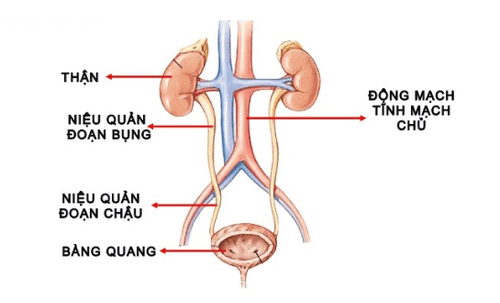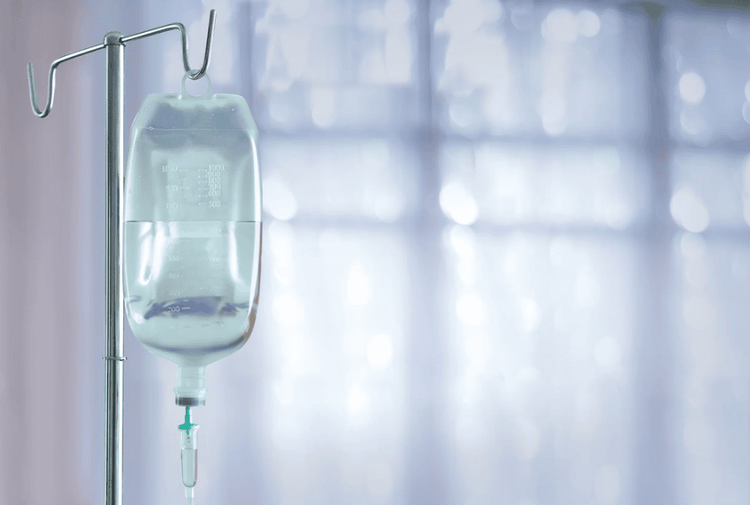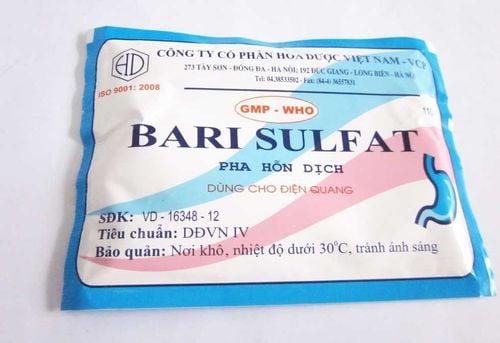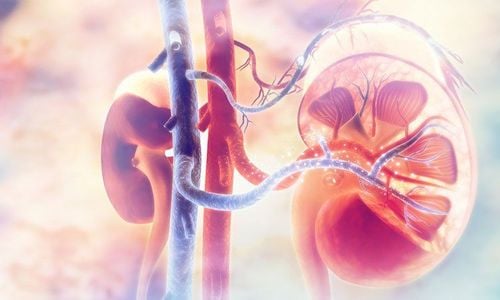This is an automatically translated article.
The article was written by Master, Doctor Nguyen Thuc Vy - Doctor of Radiology, Department of Diagnostic Imaging - Vinmec Nha Trang International General HospitalContrast agents are substances used to enhance the contrast level of body structures or fluids during diagnostic imaging. Contrast containing Iodine is classified into 2 types: Contrast containing Iodine oil-soluble and Contrast containing Iodine water-soluble.
1. How does the contrast agent removal process take place?
In patients with normal renal function, the excretion of contrast is almost entirely through the urinary tract. Approximately < 1% of contrast agent is excreted by other routes, mainly via the hepatobiliary tract and the small intestine.
When renal function declines, the liver becomes the main replacement organ for contrast excretion through the amount of contrast excreted via the biliary tract. Very small amounts of contrast medium are also excreted through the small intestine, sweat, saliva, tears, and gastric juices. By analyzing the amount of contrast material in the stool, it is shown that 20-50% of the contrast is eliminated in the feces in patients with renal failure.

Hậu như thuốc cản quang được đào thải qua hệ tiết niệu
2. How long does contrast removal take?
In subjects with normal renal function, the urinary excretion of contrast material is 12% after 10 minutes, 50% after 1 hour, 83% after 3 hours and almost 100% after 24 hours. Contrast clearance time will be longer in patients with reduced renal function.
3. Health care notes during contrast contrast removal
Drinking a lot of water after contrast injection will help the contrast to be better eliminated through the urine and reduce the risk of kidney toxicity.
In some cases, for patients with impaired kidney function who need to use contrast medium to support the diagnosis, the doctor will give fluids to the patient before and after using contrast to reduce the risk of kidney toxicity. .

Bệnh nhân suy thận sẽ được truyền dịch hỗ trợ đào thải thuốc cản quang
In some cases, for patients with impaired kidney function who need to use contrast medium to support the diagnosis, the doctor will give fluids to the patient before and after using contrast to reduce the risk of kidney toxicity. .
Vinmec International General Hospital has invested in a modern 512 slice CT Revolution scanner system with many outstanding advantages. First, the machine is fast, thin-slice, high-quality imaging, helping to diagnose pathologies such as: CT scan of head and head stroke (multiphase, perfusion), thoracic, angiography, and reduced contrast angiography. Moreover, with CT 128 CT scanner, it helps to accurately diagnose coronary artery diseases, support early detection and monitor cancer pathology. This will create opportunities for patients to accurately detect the affected areas, localize the disease... through which doctors will develop a more accurate treatment regimen.
Customers can directly go to Vinmec Health system nationwide to visit or contact the hotline here for support.
MORE:
What is Contrast? What is a CT scan? In which cases need contrast injection? Contrast in computed tomography (CT Scan)














